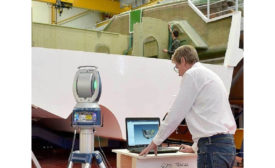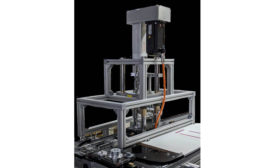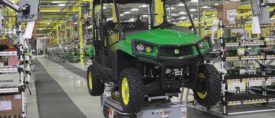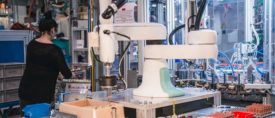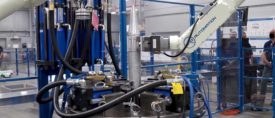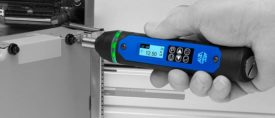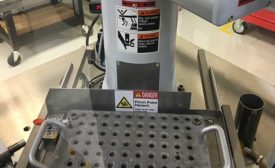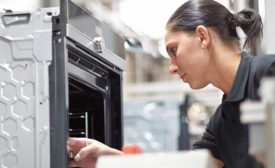Home » factory automation
Articles Tagged with ''factory automation''
Capital Spending Survey 2021: Assemblers Gear Up for Recovery
With the pandemic subsiding and consumer spending on the rise, manufacturers are investing in their assembly operations.
December 7, 2021
What’s New From the ASSEMBLY Show
In-person trade show provides thousands of engineers with key insights into smart manufacturing, evolving technologies and state-of-the-art tools for assembly.
December 6, 2021
Danfoss Automates Valve Assembly With Cobots
A trio of dual-arm SCARAs boost productivity and free workers from strenuous assembly tasks.
December 3, 2021
Robots Automate Disassembly of Chemical Weapons
In just 18 months, automation engineers overhauled how America destroys its most dangerous chemical weapons.
December 1, 2021
Understanding Line-Scan Cameras
Line-scan cameras excel at producing images of objects in continuous motion past a fixed point.
November 10, 2021
Error-Proof Screwdriving
Technological advances in manual and power tools make repeatable error-proof screwdriving an achievable goal for manufacturers.
November 8, 2021
Never miss the latest news and trends driving the manufacturing industry
Stay in the know on the latest assembly trends.
JOIN TODAY!Copyright ©2024. All Rights Reserved BNP Media.
Design, CMS, Hosting & Web Development :: ePublishing
